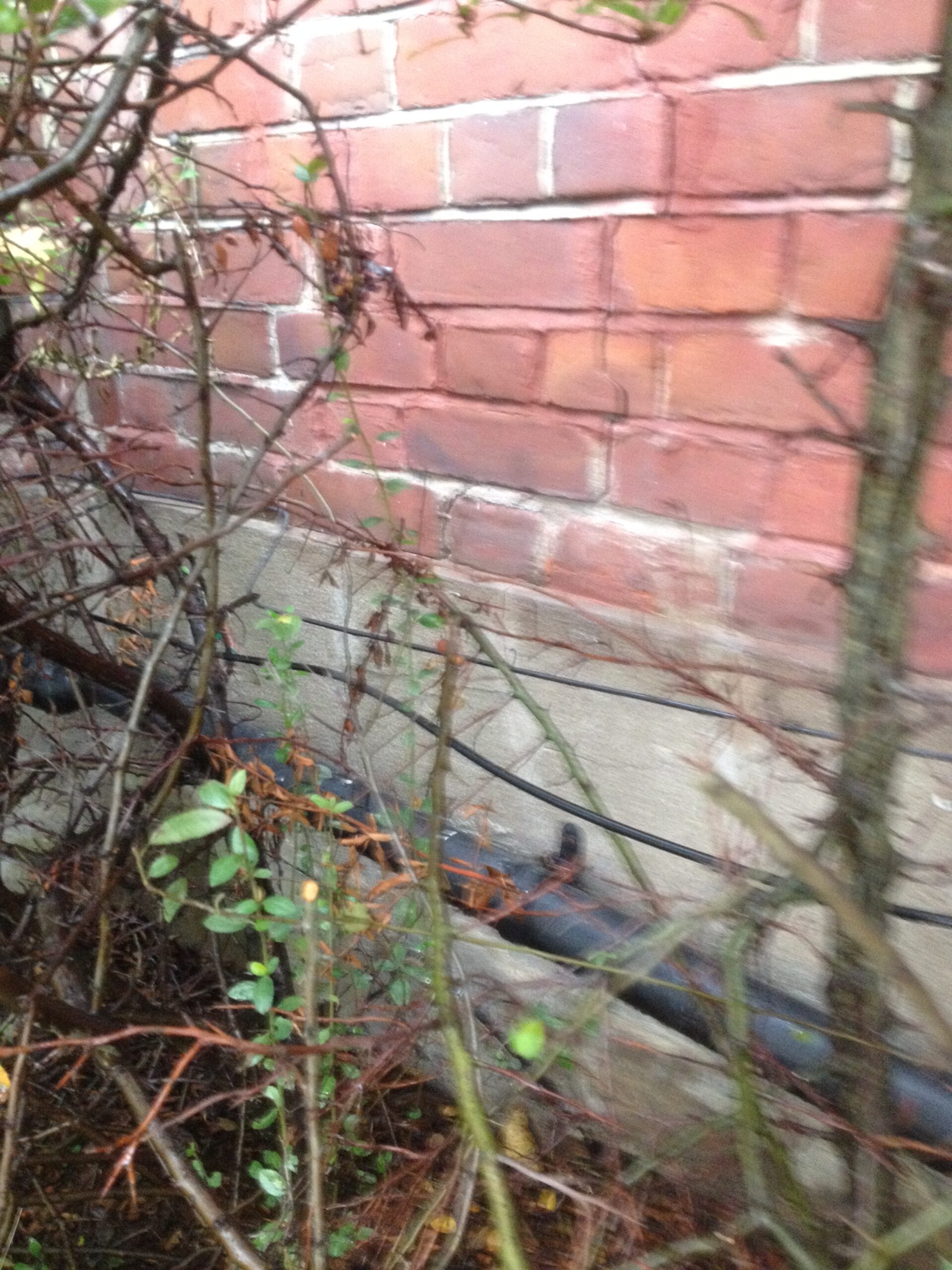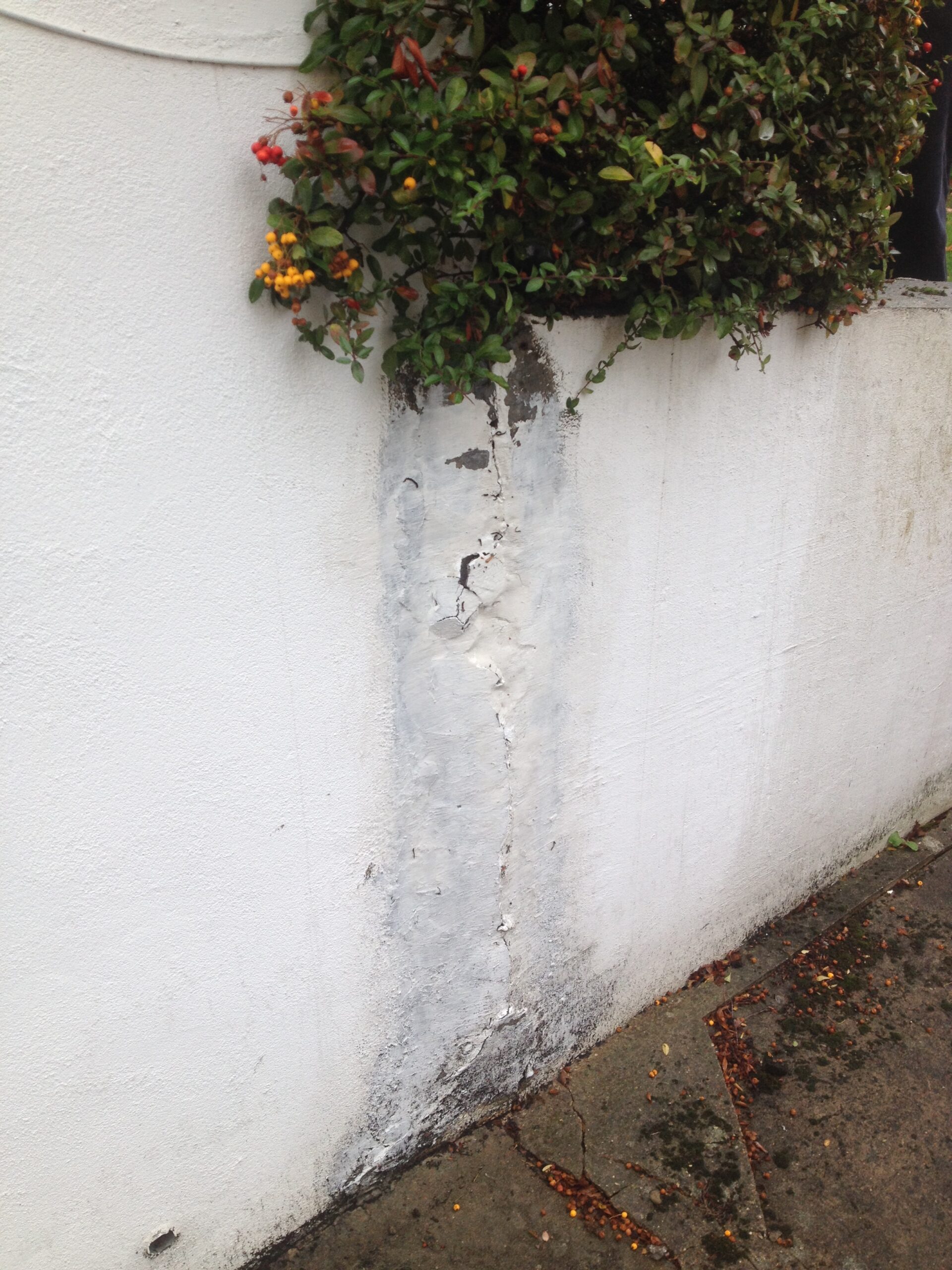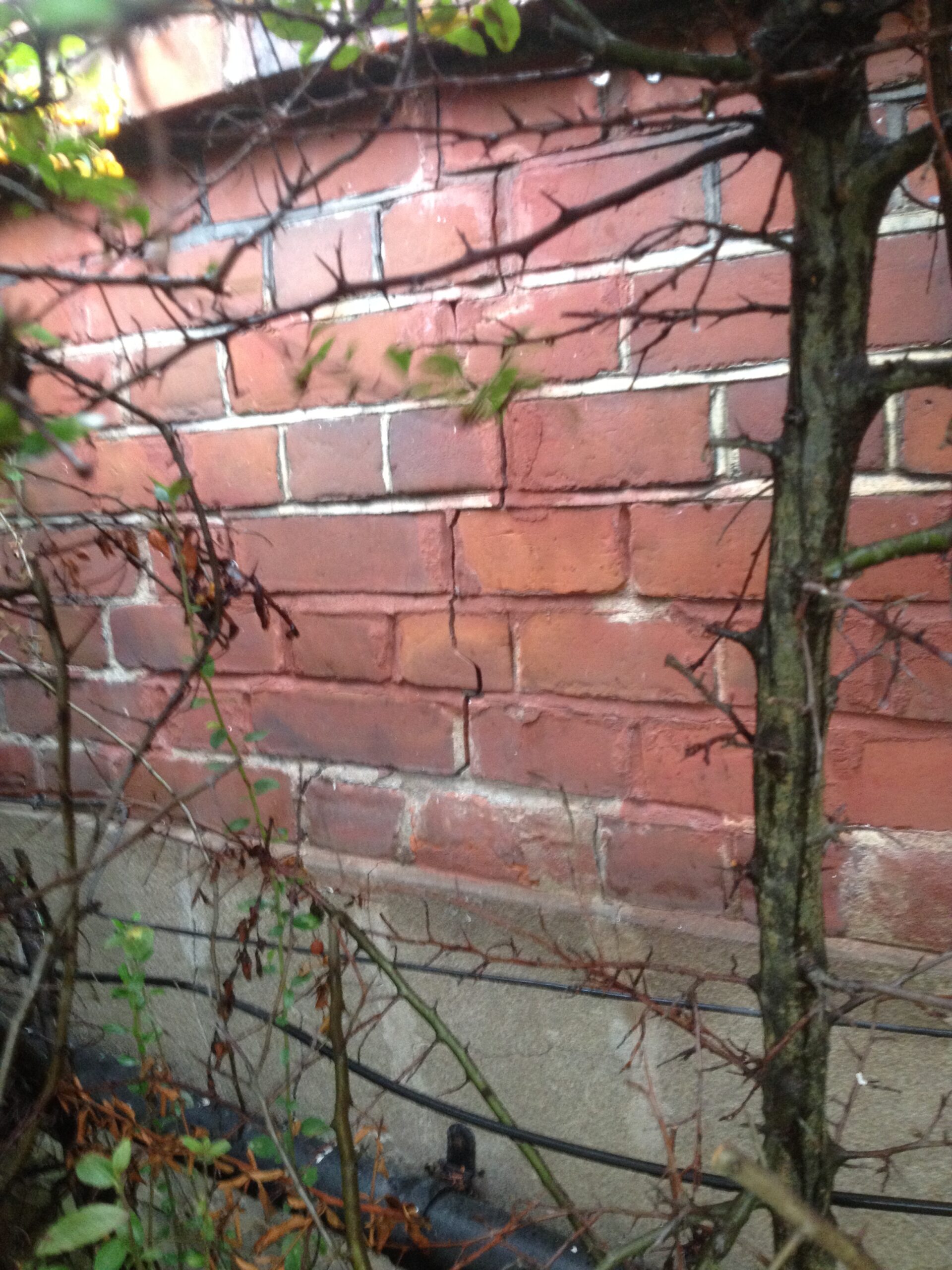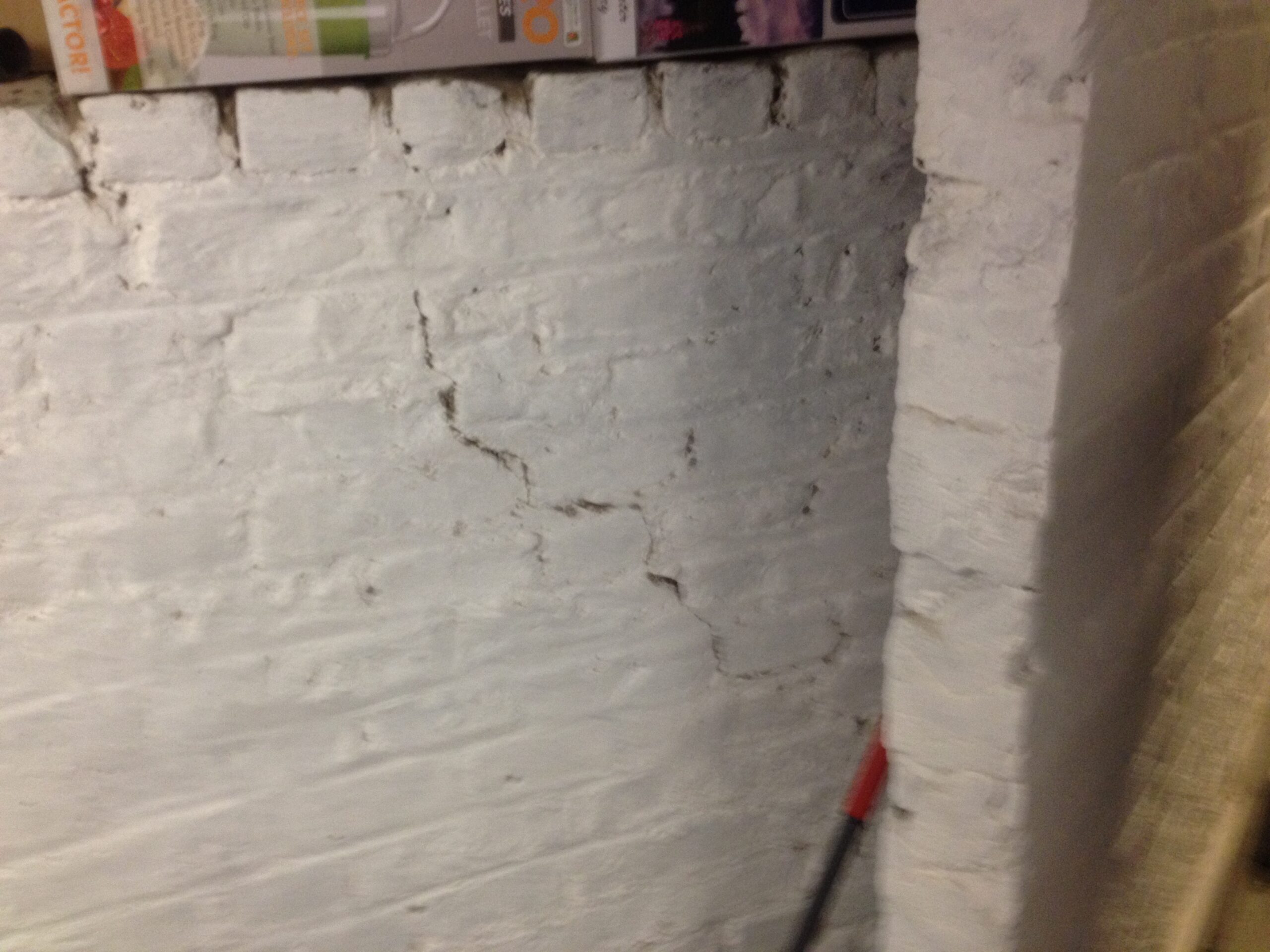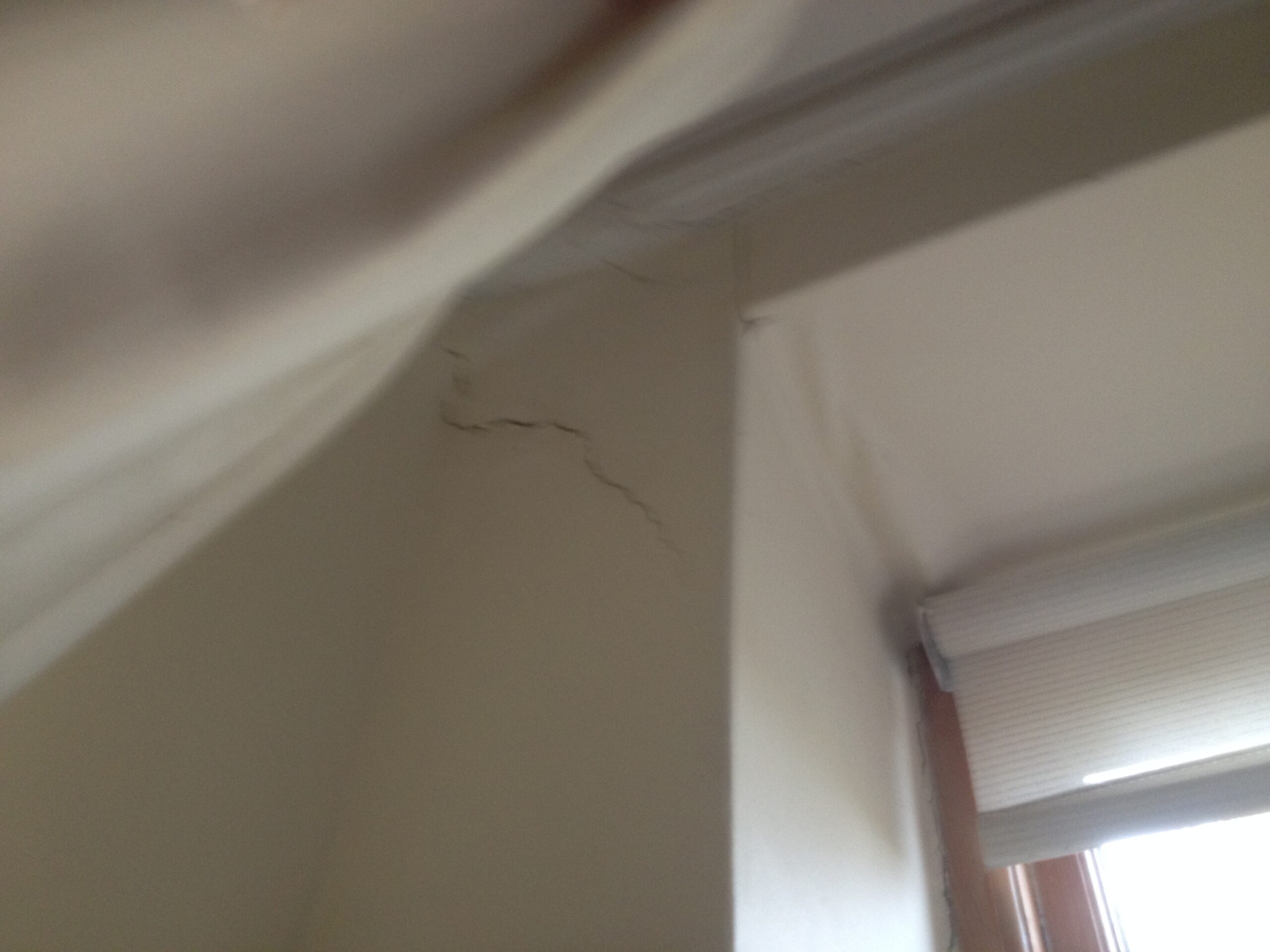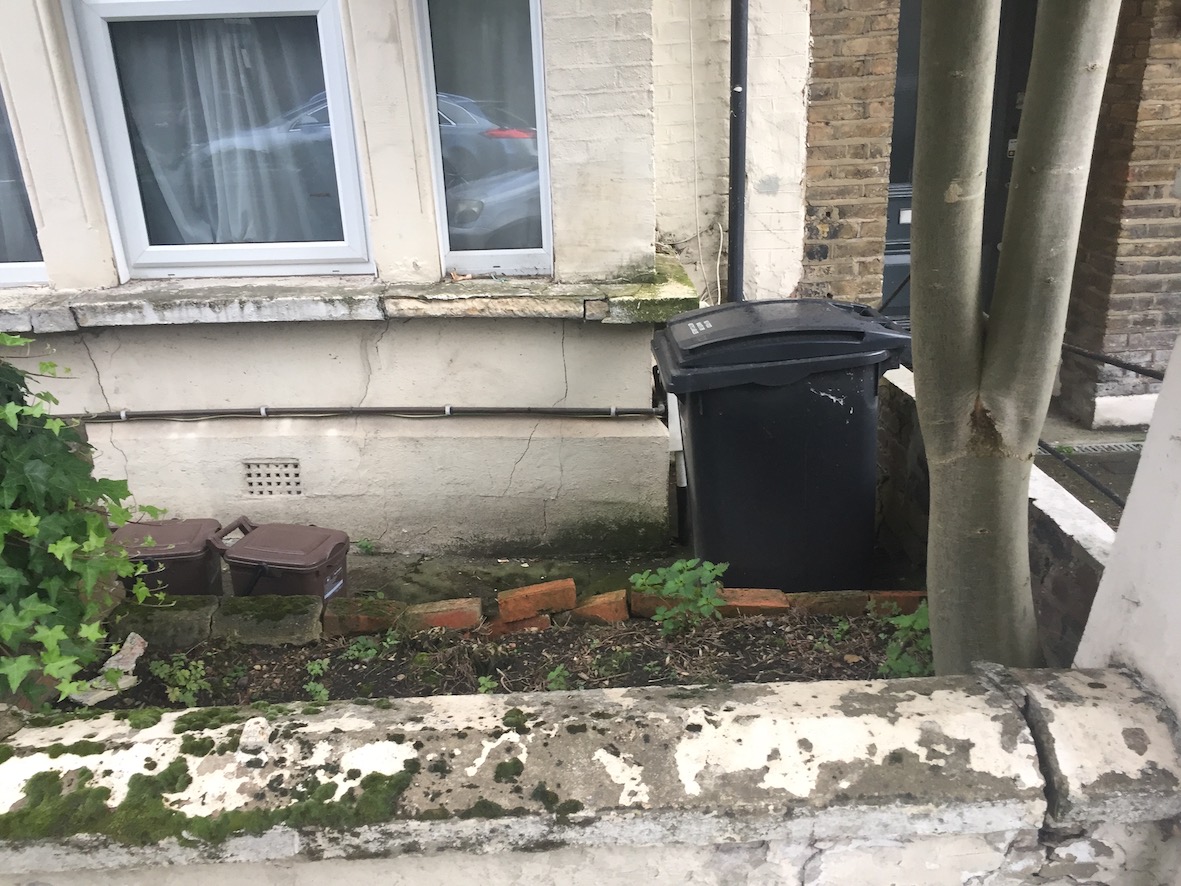Let us find, investigate and suggest remedial action for common building defects, cracking and subsidence.
Whether you’re a homeowner, property developer, mortgage lender, landlord, or letting agent, we can help you to identify and diagnose cracking and subsidence problems.
What is Subsidence?
Subsidence is essentially progressive movement in a building. The reason for this will usually relate to a lack of moisture in the ground. The long, hot summers of the last few years have certainly increased the number of phone calls that we have received. Moisture might be being extracted as a result of the type of vegetation planted around the property, which can have a serious impact on ground conditions. Some trees and plants will suck up moisture from the ground, drying it out so that it will move and crack. This leads to the buildings above to distort and crack.
In simple terms, subsidence is when the ground under a property starts to move or sink. This means that the foundations under the building may destabilise causing walls and floors to move. The resultant effect is that cracks may start to appear in the building.
The signs to look for
Do you have cracks in your building? Do doors no longer shut properly? Is the render or plaster falling off your building? All or any of these could suggest that you have some form of structural movement or subsidence.
If you have any of these symptoms and want reassurance then we would suggest getting in touch with a Chartered Structural Engineer such as ourselves.
It is wrong to assume that if you have cracking you have subsidence. There are many other reasons why cracking and movement happen including heave, settlement or landslips.
How can we help with cracking and subsidence?
Our qualified structural engineers are skilled at identifying the underlying causes of your issues.
We will visit the property and complete an initial non-intrusive visual only inspection. Following this we will advise either by phone or produce a report telling you what the reason for your cracking and what needs to be done to rectify it. Our engineer should also be able to advise if you have subsidence or not.
The reports our engineers produce are clear and written in plain English so that you can actually understand what is going on with your property.
Sometimes we may need to recommend that further investigation is completed. This may include;
- Soil investigation
- Geotechnical surveying
- External wall surveys
- Drains surveying and testing
- Basic ground surveys – for subsoil consolidation causing settlement and cracking
- Vegetation investigation – e.g. tree roots that may cause subsidence
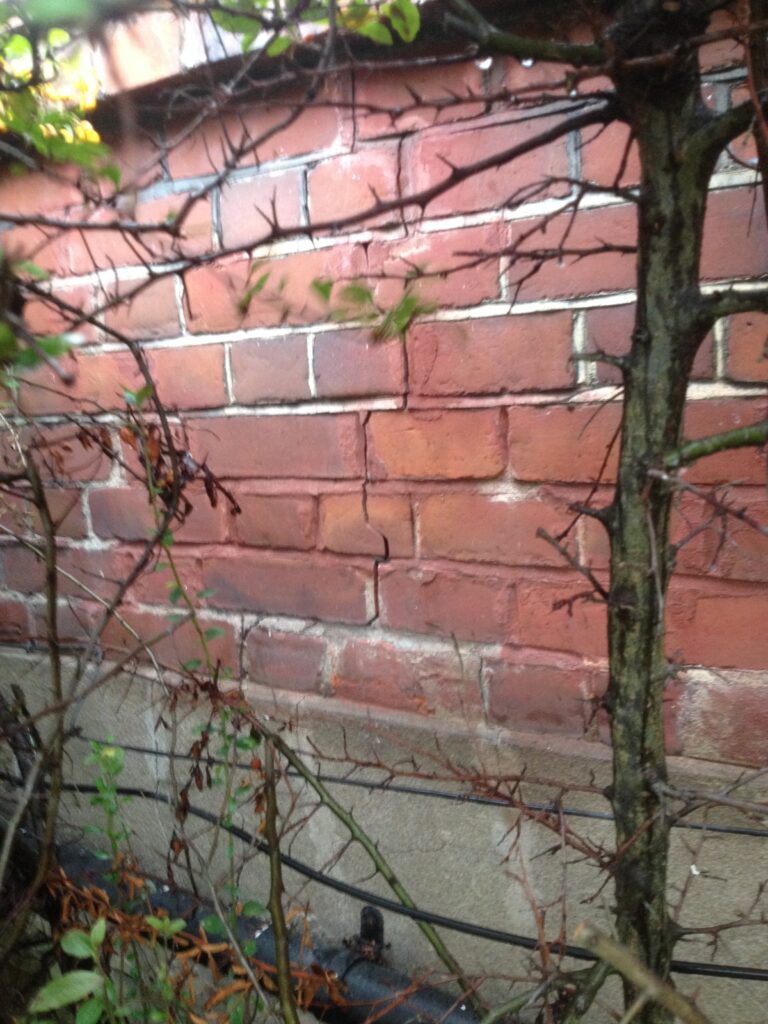
Second Opinion
Are you concerned about a structural diagnosis and want a 2nd opinion? Have you made an insurance claim and are concerned with the outcome provided? Have you been told you don’t have subsidence but you think you do? Has another engineer provided a conclusion you don’t believe? Over the years we have heard it all and we can help!
We have a long history of providing a truly independent view of what the issues are and how to resolve cracking. Our engineers will review your report and any supporting investigations that you have been provided. Then, we will either discuss with you or provide our own report detailing if we agree with the previous conclusions given.
English is clear and simple in our reports. We try to make them easy to understand and concise. that whilst we are engineers, our customers are not. We try to present the information in simple to understand english with clear and concise advice. Importantly, we also tell you what the next steps you should take are.
Can you trust our opinion?
The simple answer to this question is yes!
Our Trustpilot and Google reviews are all completely independent. Alternatively, simply google our name to find other review sites.
Don’t let the cracking or subsidence get worse. Contact us immediately for advice or to book an inspection.
